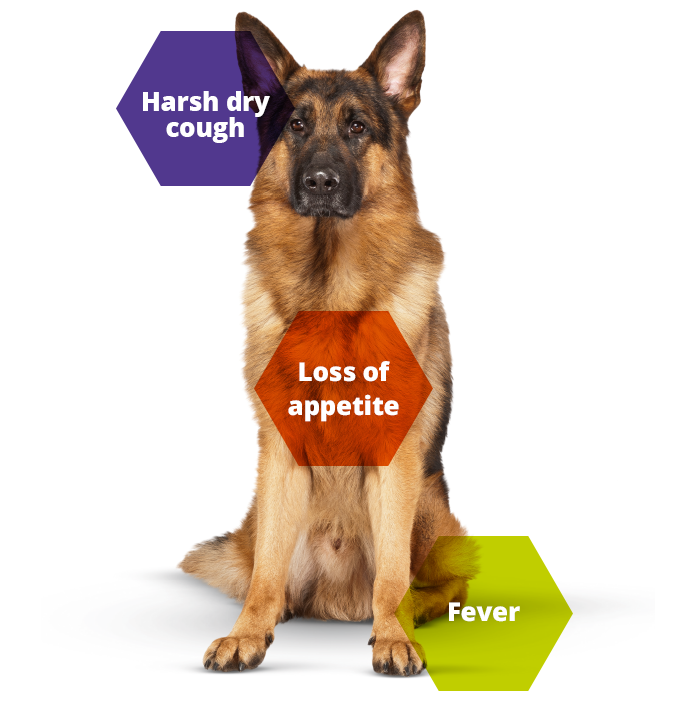There’s nothing better than enjoying a barbecue with loved ones during the great British summer. But there are a lot of potential dangers for our much-loved pets that we need to be mindful of.
Every summer we see a rise in injuries and poisonings, particularly when the weather is warm and sunny. Swallowing kebab skewers, eating cooked bones, developing food poisoning, or sustaining burn injuries from stealing piping hot food from the BBQ are the most common. Pets can also sustain traumatic injuries such as getting their tails stuck in patio doors and breaking their legs.
Follow these simple tips to make sure your barbecue is fun for everyone – including our furry friends!
1. Remember party food is not for pets
Is your dog a master of puppy dog eyes? Don’t give in, and make sure your guests know the rules too! Be aware which human foods are dangerous to your pets: alcohol, corn on the cob and bones are particularly dangerous BBQ hazards.
Food scraps can upset your pet’s stomach and undercooked or fatty foods can cause inflammation of the pancreas (pancreatitis) which can be very serious, and sometimes even fatal. Try giving them a healthy chew to chomp on or a fun toy to play with instead. It will keep them occupied while you enjoy your food in peace.
2. Bin it…securely!
We all know how skilled our pets, particularly dogs, can be when it comes to sniffing out tasty leftovers. If you don’t keep a close eye on them, pets can easily get hold of something they shouldn’t. A big problem at barbecues is pets eating things like kebab skewers or the core from a corn on the cob. These can cause serious and potentially life-threatening problems, such as gut blockages and injuries for dogs and cats.
Make sure any leftovers and rubbish are thrown away in a lidded bin that your pet can’t raid. All those food smells will be super tempting for pets, so your bin needs to be secure!
3. Keep temptation out of reach
There’s likely to be several poisonous temptations at your barbecue; lighter fluid, alcoholic drinks, sugar-free treats and chocolate desserts to name a few. Remember how inquisitive pets can be and don’t underestimate how far they can reach when they want something! Keep anything harmful well out of harm’s way.
4. Too hot to handle!
Keep pets a safe distance away from the barbecue by establishing boundaries. Sizzling sausages can be hard for a dog to resist, but a stolen sausage off the BBQ grill is way too hot to handle. Plus, when swallowed whole they can cause stomach ulcers and dehydration.
Hot food, hot coals and ashes can all cause serious burns. Always make sure the BBQ is cooled down quickly once you’ve finished cooking and never leave pets on their own around it while it’s still hot.
5. Beware of smoke
Fumes can be very irritating for pets, especially as many of them have sensitive airways. Make sure your pets are far away from the BBQ and not downwind of any smoke. This is especially important for small pets and birds; you might need to move their enclosure or the BBQ so they are away from the smoke.
6. Keep them cool and hydrated
Barbecues are hot work – the open flame, the smoky and sizzling food, not to mention the heat of the summer’s day – and our furry friends can quickly overheat! Make sure they can head into the shade or indoors whenever they need to cool down. And if you hear there’s a heatwave coming, think about having your barbecue later in the evening so your pet won’t get too much excitement at the hottest part of the day.
In all the excitement, we often forget to keep ourselves hydrated and the same goes for our pets, who often can’t tell us they’re thirsty and in all their excitement, may not even realise it themselves. Always make sure that your pet has access to fresh, clean water, in a shaded area and encourage them to drink it at regular intervals.
7. Slap on the sun cream
Sun safety is just as important for our pets as it is for us. If you’re feeling the need to slather on the sun cream, it’s likely your pet will need some too especially if they have thin fur, white fur, or pink skin exposed such as the tips of the ears or on the end of the nose. Make sure you use a pet-safe sun cream – your vet will be able to recommend one for you if you’re not sure what to look for.
8. Set up a safe space
Get-togethers can be a busy time with visiting family and friends, so ahead of party time it’s worth making sure your garden is secure and pet safe. With all the distractions, you might not be able to watch your pet as closely, especially while you’re cooking food, entertaining guests or enjoying a well-earned feast. Check the fences and plants ahead of time so you can relax and know your pet is safe and having as much fun as you.
If you’re planning to spruce up your garden, make sure you know which plants are poisonous to your pet. For example, laburnum is poisonous to dogs, lilies are particularly poisonous to cats, and daffodils, rhododendron and yew are poisonous to both dogs and cats.
9. Give them room to take a break
Having a house full of strangers might be a bit stressful for your pet, so it may be worth making sure there’s an unoccupied room for them to relax in. But be careful they don’t get shut into a conservatory or greenhouse, as these can heat up very easily in summer and cause heat stroke which is often life-threatening.
Dogs are usually eager to please and might not want to take a rest even if they’re getting worked up or too hot. Look for warning signs that they’re getting over excited or finding the situation stressful and give them some time to themselves.
Pets who live in the garden, like some rabbits and guinea pigs, might be frightened by the noise of a big group of people. Try to home, cover part of their cage so they can hide away or move their enclosure into a quieter part of the garden.
10. Treat them too
It’s all well and good us saying, ‘Keep your pet away from this, that and the other,’ but this is easier said than done, right? The best way of distracting your pets is by using objects and treats that they’re familiar with. Why not scatter some treats around the garden to keep their minds and taste buds occupied?
This could be a thirst-quenching pet-safe snack, or a puzzle feeder filled with kibble. If you’re having lots of dogs at the barbecue, why not make a batch of dog-safe cakes to share in a few different sizes to suit all your pet’s furry friends?

 [checklist icon=”fa-paw” iconcolor=”#39aa87″ circle=”yes”]
[checklist icon=”fa-paw” iconcolor=”#39aa87″ circle=”yes”]